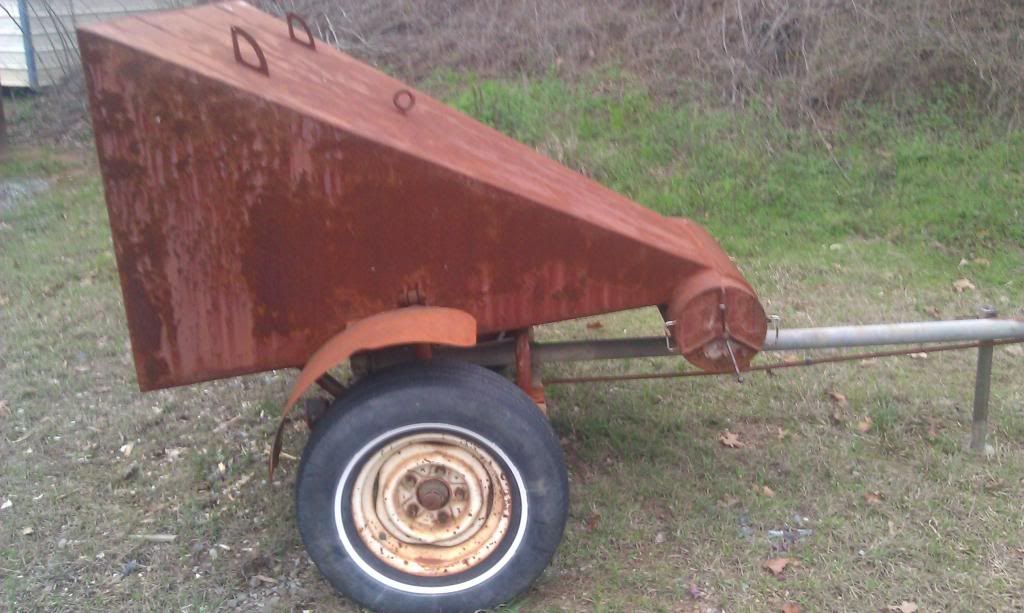I'm interested in making a snail bullet trap to recover some of the lead I'm sending downrange. I've looked at several designs and often wondered whether a round will find its way back out of the horn and back to the shooter. To that end I've made a few full-size and scaled drawings with the bullet entering the horn at the extreme left or right side of the opening. This will ensure the maximum ricochets inside the horn.
So far I've determined that a bullet will not make it to the narrow end without returning back out of the trap. Obviously there are snail bullet traps that work so I'm trying to find out what happens inside the horn. I made a fair assumption that the angle of incidence equals the angle of reflection, and plotted the angles using a compass, protractor, and even a laser light aimed at a mirror parallel to the horn wall. Generally, at a point about 4-6 inches from the small end the bullet angles of incidence and reflection are equal and begin to reflect back out of the horn. My theory is that this procedure is correct for a hard ball, like a ball bearing, that does not distort or disintegrate, but may not hold true for a soft lead bullet.
My last drawing was a horn 15" wide by 32" long (along the centerline) with an 1 1/2" opening. As stated the bullet began to return at about 5" from the small end. At a point before the bullet would begin to return I modified the cone shaped horn into a square tube about 4" square. This allowed the bullet to travel bit further and change the angle of reflection so that it did end up in a snail cylinder. Increasing the small opening from 1 1/2" in the cone configuration, to 4" in the square tube configuration opened up a new problem in that a direct shot down the middle would strike the snail cylinder with full impact. I thought about hanging a heavy plate behind the opening so that the sidewall of the snail would not have to take the full impact.
I have two pieces of 3/8" x 12" x 24" plate steel that will weld up to make the top and bottom plates. I'd like to use at least 1/4" plate for the parallel sides, but I only have some 11 gauge. I'd actually prefer to make the horn tapered on all four sides to minimize the small end opening. Feedback and suggestions are welcome. Thank you.

|
   
   
|


|



 Reply With Quote
Reply With Quote



















